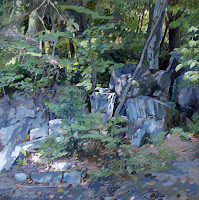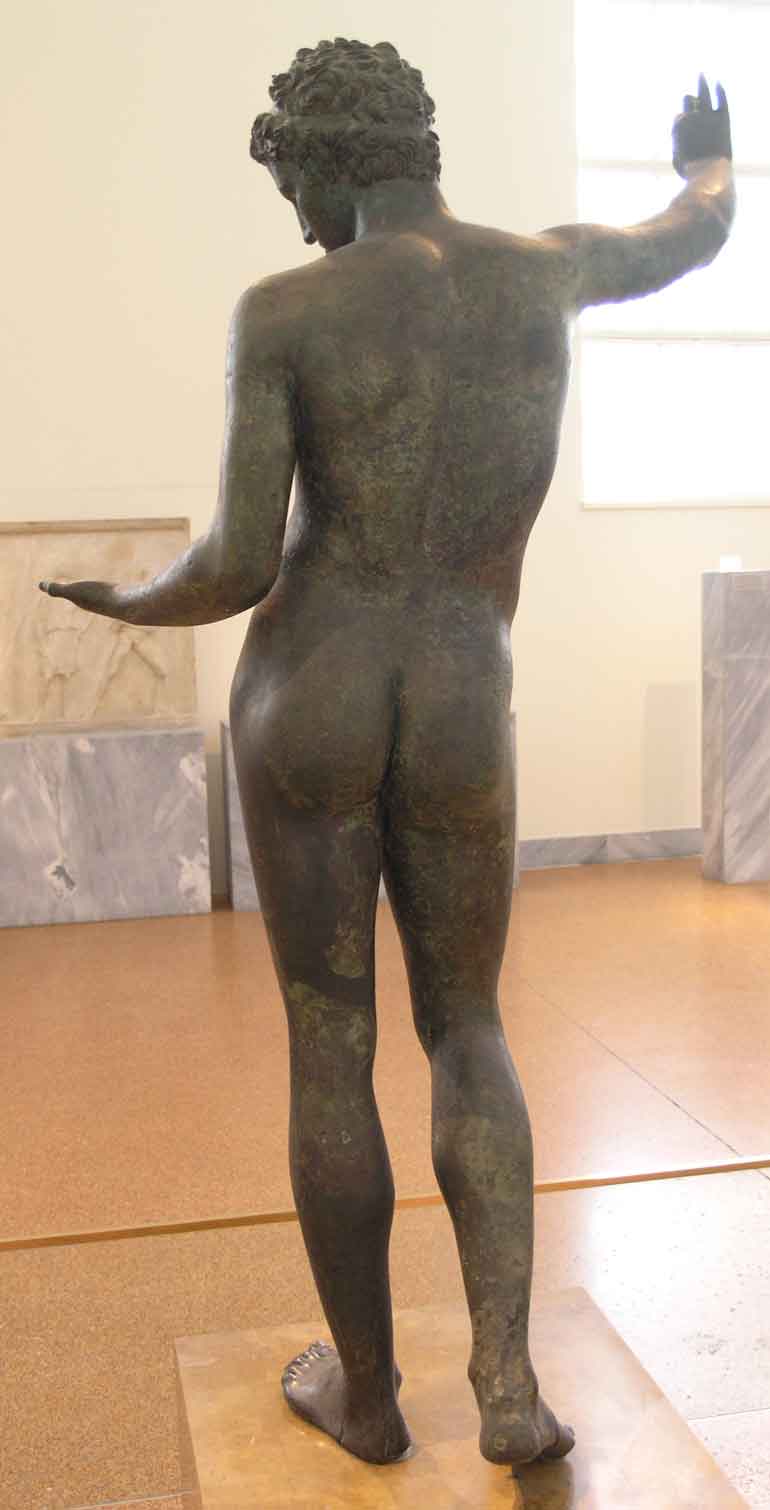Those of you in the mid-Hudson region ought to run, not walk, to see
Bruce Bundock’s show at the
Rosendale Café, which opens this Sunday. He’s simply the best
plein air draftsman around, but that distinction would be meaningless without his palpable empathy for the lives of regular folks.
He’s painted iconic buildings, but he tends to gravitate to the everyday: a commuter-train parking lot, a cement plant, a mobile home. “They’re actual living and working spaces,” he said of his preferred choice of subject. “The thing about buildings is that they’re so appealing to look at, and I like the idea of blending them with the landscape,” said Bundock.
 |
| Renovation of the Kirkland Hotel, #2. Bundock has painted many studies of this project. |
Bundock has repeatedly painted and drawn the renovation of the Kirkland Hotel, a Kingston landmark built in 1899; several views are included in this show. “I kept going out there and working on site,” he said. What drives a painter into that kind of meticulous exploration? “You have to have curiosity,” he told me. “It is the spark that leads you into investigation, and takes you through a number of different avenues, skills, techniques, materials and subjects, to see your vision realized.
 |
| A more pastoral landscape. |
Bundock is known for his work in acrylics, although he also paints in oils. “I like the idea that I can restate passages in ten minutes or less with acrylics, and with additives I can get soft edges like I can with oils.”
As Museum Preparator of the
Frances Lehman Loeb Art Center of Vassar College, Bundock is conversant with the Hudson River artistic legacy, and he recognizes our debt to the artists of the past. However, he thinks we need to look beyond them. “There is a difference between those who want to ape the past and those who want to find out where their own ideas break away from those they admire so much. You have to come up with something that brings you into your own identity.”
A few other of Bruce’s paintings you might enjoy:
SummerIn Ulster County “I saw the light that hit that and it was a meditation on form and color and light—something aesthetically pleasing, and the idea of who lives there was sort of secondary. Light plays a big role in elevating the ordinaary. It’s like a still life—more of a close-up view than a grand panorama. It was an intriguing combination of shapes.”
A Pool With a View “This is up in Wyndham. It is somebody’s house; I was intrigued by it, especially the red roof being a nice foil against the green. I left the Tyvek in because it rang truer. If I stripped that away, I’d have stripped away some of the character of the house, because the renovation was part of what I was curious about. That’s one hell of a view they got up there, to have that property at the top of that mountain, that’s fantastic.”
There are still spots open in our mid-coast Maine plein air workshops! Check here for more information.













